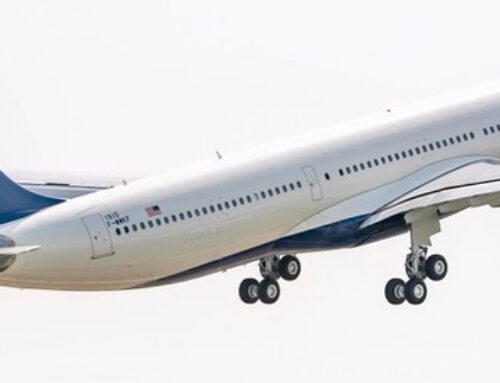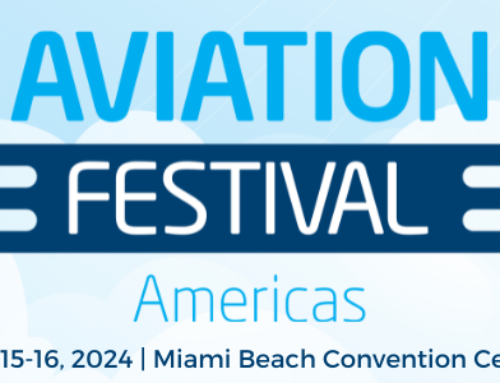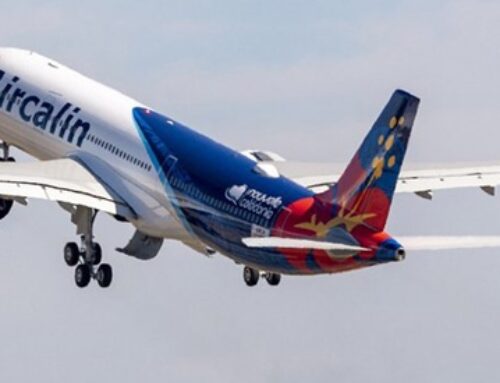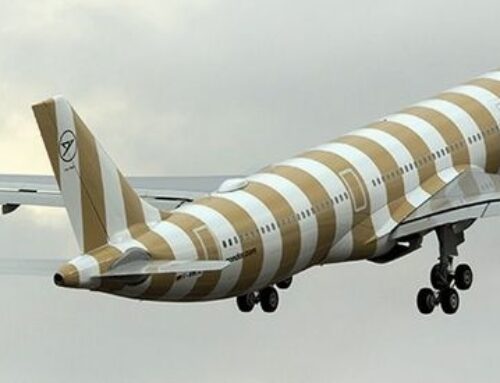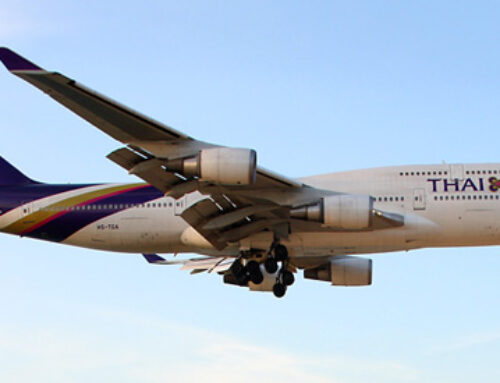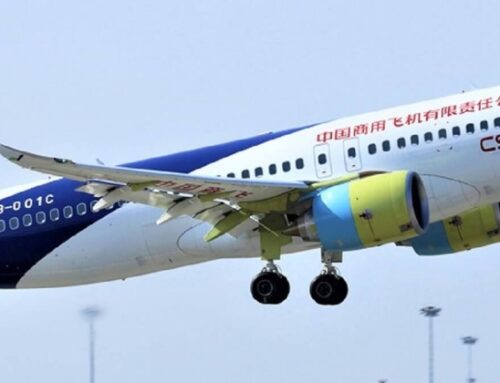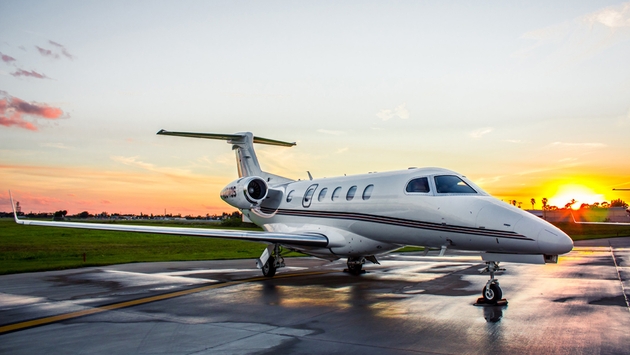
As commercial air travel became more challenging and public health emerged as a top priority during the pandemic, wealthy travelers began exploring alternative flying solutions. For many, fractional jet ownership was the answer.
Reports indicate that fractional jet ownership surged by 30% in 2020, as individuals sought flying alternatives that prioritized safety, convenience, and flexibility. This allowed them to reap the advantages of private aviation—like personalized flight schedules, access to numerous airports, and enhanced privacy—without shouldering the full costs and obligations of owning an entire aircraft.
Fractional ownership enables individuals to purchase just a fraction, in some cases as little as a 16th, of an aircraft. This approach provides the perks of private jet ownership without the associated burdens. Owners can fly with little notice, and the fractional providers oversee all operational details, from maintenance and pilot hiring to insurance and hangar arrangements.
While fractional ownership may appear pricier than on-demand charters or pre-purchased jet cards, the consistency of aircraft type and reduced booking notice are attractive. For instance, owning a 16th of a Challenger 3500 mid-size aircraft costs around $1.7 million, granting 50 hours of annual flight time. Monthly fees sit at $20,000 with an hourly flying cost of $6,000.
Many fractional operators experienced such a surge in demand during the pandemic that they had to stop accepting new customers. Flexjet’s sales are projected to double by 2024 from its 2019 figures. Similarly, NetJets has seen such growth that many of its fractional aircraft are booked solid until January 2025.
Both NetJets and Flexjet are seeking to expand their fleets. NetJets has secured options to purchase a staggering 1,500 aircraft over 15 years from Cessna, and Flexjet is in discussions for more purchases, with Bombardier Inc. hinted as a potential supplier.
While the surge in demand for fractional ownership has been beneficial for the private aviation sector, it hasn’t been without challenges. Production delays due to supply chain issues during the pandemic meant both NetJets and Flexjet had to momentarily halt new customer intakes. This exclusivity, akin to a country club with a waiting list, made these fractional ownership programs even more desirable.
In essence, as the commercial airline sector continues to grapple with the changing travel landscape, fractional jet ownership seems to have carved a niche for itself, offering the wealthy an attractive blend of luxury, convenience, and safety.
Sources: AirGuide Business airguide.info, bing.com, bloomberg.com, flyingmag.com

